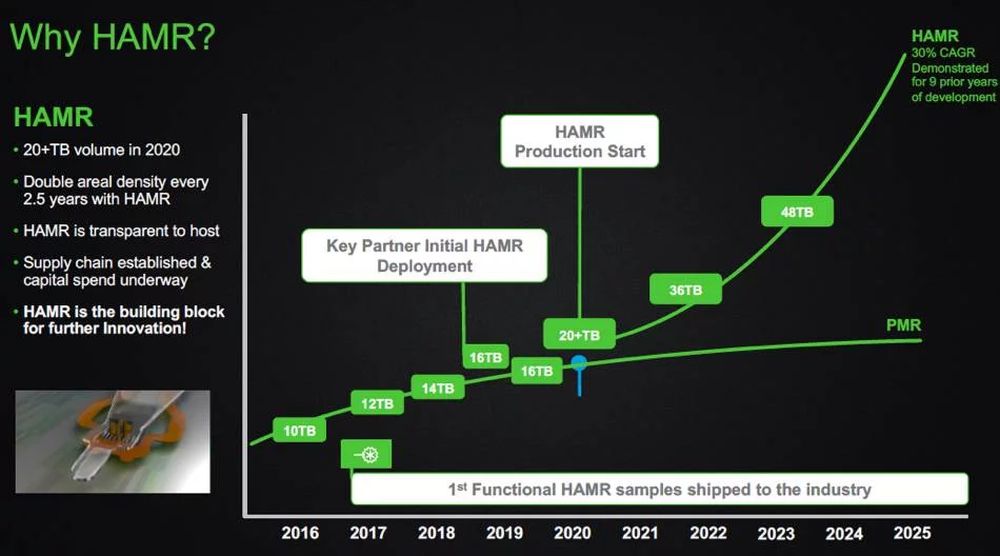The brand had reportedly set a roadmap that will help in its endeavour, and will be using its HAMR (Heat-Assisted Magnetic Recording) technology to achieve its goal. In practice, Seagate’s HAMR technology allows it to double the area density on a HDD every 30 months via the use of heat. Something that the current PMR (Perpendicular Magnetic Recording) method struggles to do.
By using heat, Seagate hopes to make the target areas of the hard drive more receptive to the magnetic effects of the treatment. Therefore allowing more data to be written on to a surface area. Besides a 100TB HDD, Seagate already has a 48TB HDD in the works based on this technology, with an imminent launch expected by the year 2023. On that note, Seagate isn’t the only one trying to create a new ultra-high density HDD. It’s direct competitor, WD, is looking to create something similar through another method MAMR (Microwave-Assisted Magnetic Recording). (Source: Hot Hardware via The Register)
